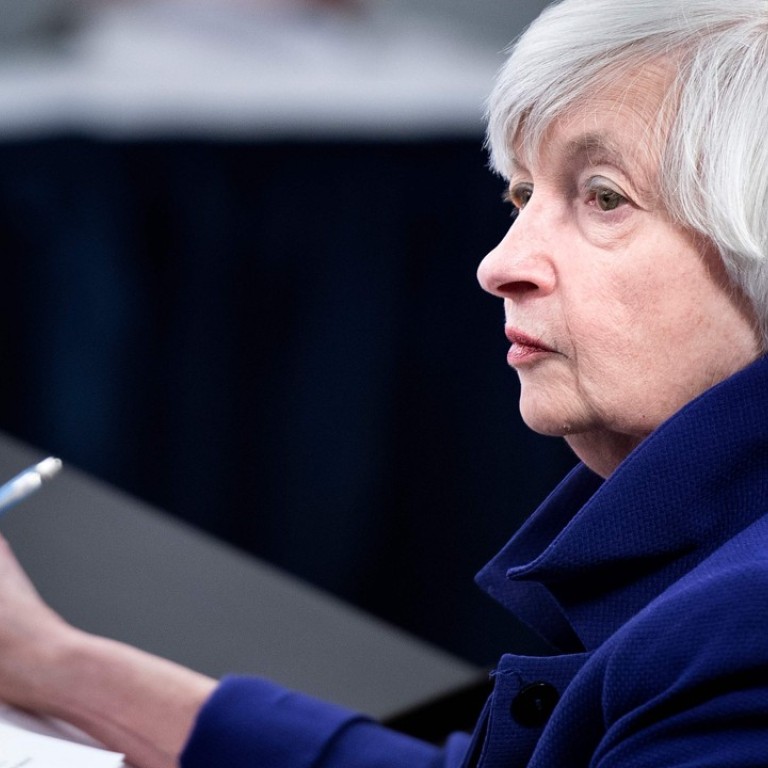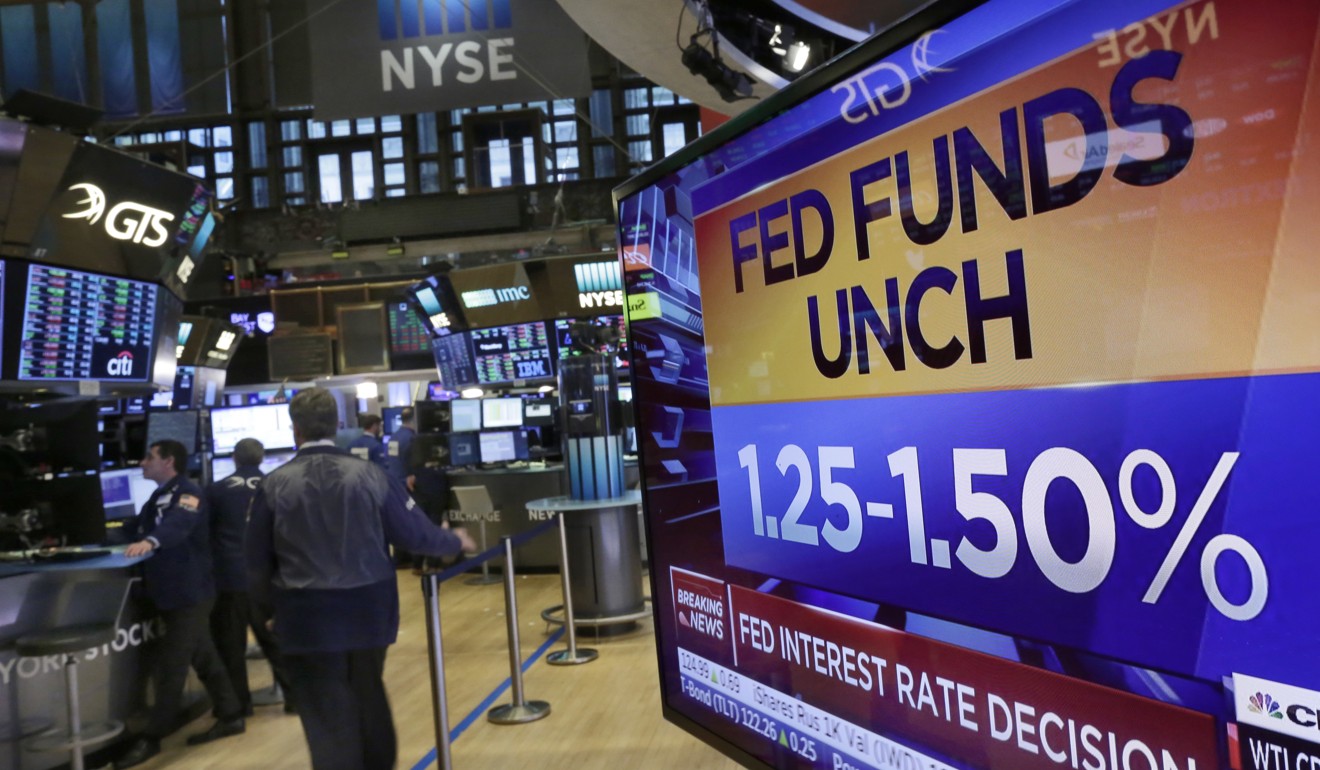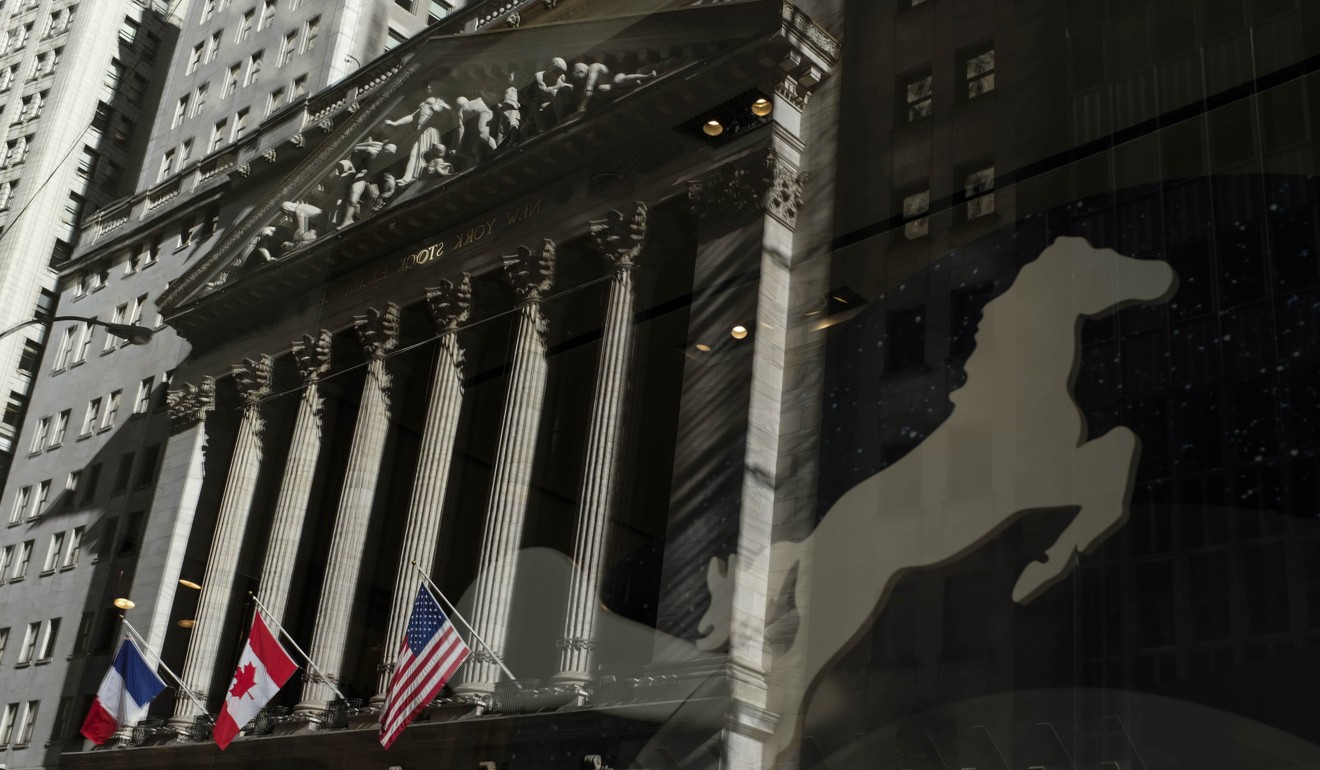
Relax, the US government bond market is not falling off a cliff
Fears that we are approaching the tipping point for 10-year Treasurys are overblown
Financial market commentators and investment strategists love psychologically important numbers.
The one which is receiving the most attention right now is the prospect of a 3 per cent yield on the benchmark 10-year US Treasury bond.
On Wednesday, the 10-year yield rose to 2.74 per cent for the first time since April 2014, contributing to the sharpest two-day fall in US equities since last May and fuelling speculation about the likelihood of the 3 per cent level being breached by the end of this year, or possibly sooner. The 10-year yield has already shot up more than 30 basis points since the start of this year, its sharpest monthly increase since November 2016, according to data from Bloomberg.
The sudden decline in stocks earlier this week is focusing attention on the point at which the fall in the price of Treasury bonds starts to seriously affect the performance of other asset classes, notably corporate bonds.
Is it a yield of 3 per cent, 3.2 per cent, 3.5 per cent, or possibly even higher?
Bank of America Merrill Lynch claims that “three is the magic number” based on feedback from its clients suggesting that a correction in markets will occur only when US economic growth exceeds 3 per cent year-on-year (it was 2.6 per cent last quarter), wage growth surpasses 3 per cent on an annualised basis (it was 2.5 per cent last month), the 10-year bond yield reaches 3 per cent and the benchmark S&P 500 equity index closes above 3000 (it stood at 2822 at the end of trading on Wednesday).

If BAML is correct, all this would indicate that a downturn in global markets is imminent, and that this week’s sell-off is a foretaste of things to come. The fact that the VIX Index, Wall Street’s so-called “fear gauge” which measures the anticipated volatility in the S&P 500, has surged 50 per cent this year is telling.
Yet while market commentators love technical analysis and round figures, they are prone to exaggerating the importance of numbers.
Firstly, the 10-year Treasury yield, although having risen sharply since last September, is still 30 basis points below its level in the aftermath of the “taper tantrum” in mid-2013 and significantly below its post-financial crisis high of nearly 4 per cent reached at the end of 2009.
Secondly, the decline in the price of the 10-year note is, for the time being, relatively orderly and is occurring following a 12-month period in which the yield not only remained at historically low levels but was trading in the tightest range in half a century, according to data from Bloomberg.
Thirdly, and more importantly, it is not the precise level of the 10-year yield that matters, but the speed of the adjustment and the reasons behind the sell-off. While yields are rising mainly because of the recent increase in inflation expectations, these expectations are heavily influenced by the jump in oil prices. US core inflation, which strips out volatile food and energy prices, remains under the Fed’s 2 per cent target. Real yields, calculated by subtracting inflation expectations from Treasury yields, stand at a mere 0.6 per cent, ensuring that financial conditions remain exceptionally loose.
Make no mistake, the bear market in bonds has barely begun.

A 3 per cent yield on the 10-year note, moreover, is more in line with – but still significantly below – the long-term average level. Given the strength of the US (and indeed global) economic recovery, the tightness of the labour market and, crucially, the withdrawal of monetary stimulus, it is only to be expected that yields should rise.
Far from posing a threat to markets, the recent increase in yields is a sign that a semblance of normality is returning to a financial system which remains heavily distorted by years of ultra-loose monetary policy.
Still, while other asset classes, such as corporate debt and equities, are likely to be able to cope with the current level of the 10-year yield, a much sharper adjustment driven by a more rapid increase in core inflation would prove much more damaging to sentiment.
As I argued in an earlier column, the biggest risk in markets this year is that investors underestimate the scope for a rise in inflation. If there is an important threshold to bear in mind it is the level of wage growth.
As for 10-year Treasuries, US equities were already recovering on Wednesday in a sign that markets can cope with a 3 per cent yield.
Nicholas Spiro is a partner at Lauressa Advisory

